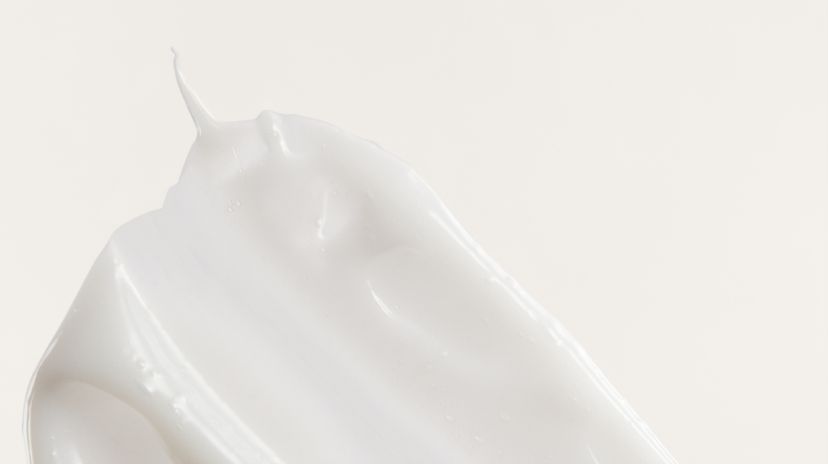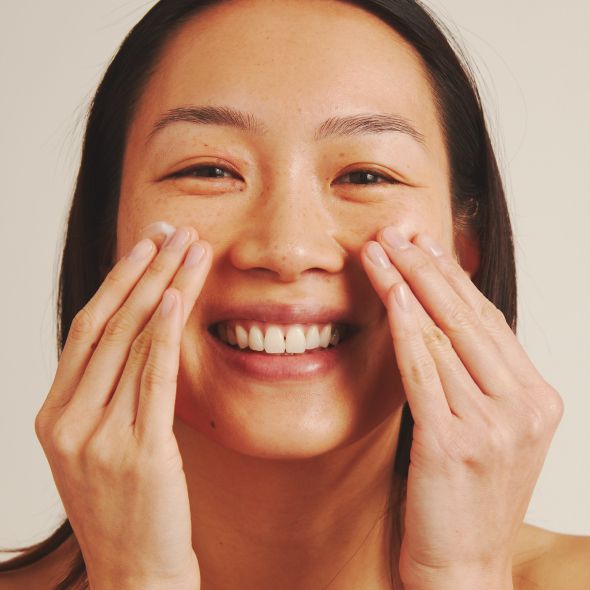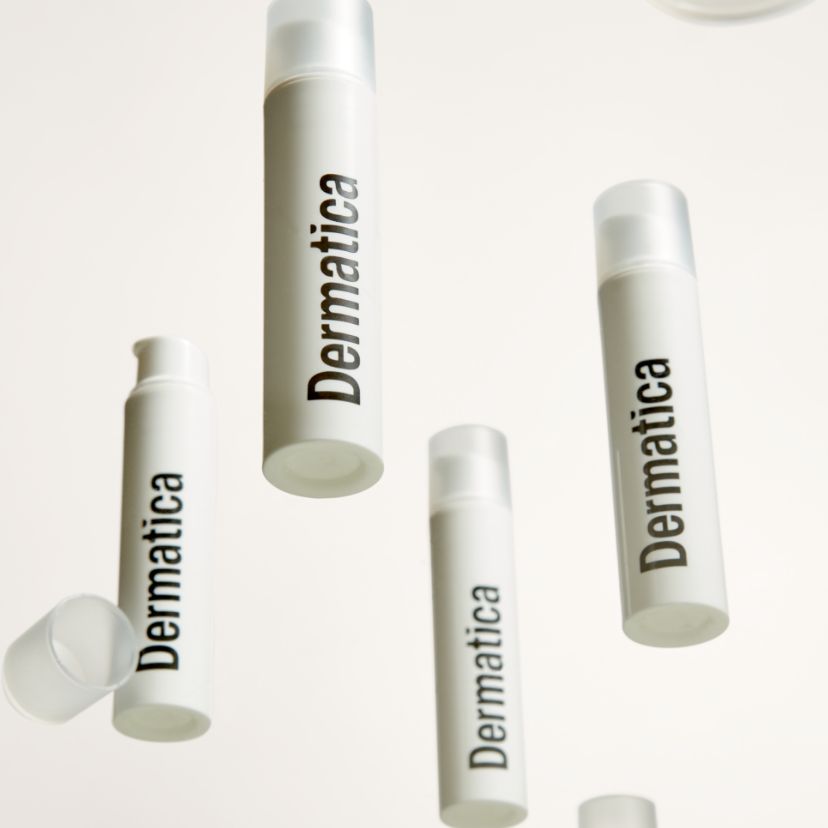(2000) Topical therapy for acne vulgaris
Postgraduate Medicine. Betty Anne Johnson MD, PhD & Julia R. Nunley MD. 107:3, 69-80, DOI: 10.3810/pgm.2000.03.945

Mild acne
“Benzoyl peroxide slows bacterial growth, which is fundamental to managing acne breakouts and inflammation.”

Dr Catriona Maybury
Consultant Dermatologist

Cutting-edge ingredients require cutting-edge research. Our Clinical Advisory Board and Dermatology Team keep on top of the latest evidence to make sure our personalised formulas are the best they can be.
Postgraduate Medicine. Betty Anne Johnson MD, PhD & Julia R. Nunley MD. 107:3, 69-80, DOI: 10.3810/pgm.2000.03.945
Journal of Dermatological Treatment 2013. Mohd Nor NH, Aziz Z. 24(5): 377-386
National Center for Biotechnology Information. https://pubchem.ncbi.nlm.nih.gov/compound/7187 (accessed Sept. 27, 2017)
J Am Acad Dermatol 1983. Chalker DK, Shalita A, Granham Smith J, et al. 9: 933-6

You’ll get a personalised, evidence-based treatment, tailored to your treatment goals.
Your bespoke plan arrives every 28 days (approximately), and adapts to your skin’s progress.
You’ll have free, unlimited access to dermatology experts, whenever you need.
You can pause, reschedule or cancel your plan online. No strings attached.
then £24.99/month